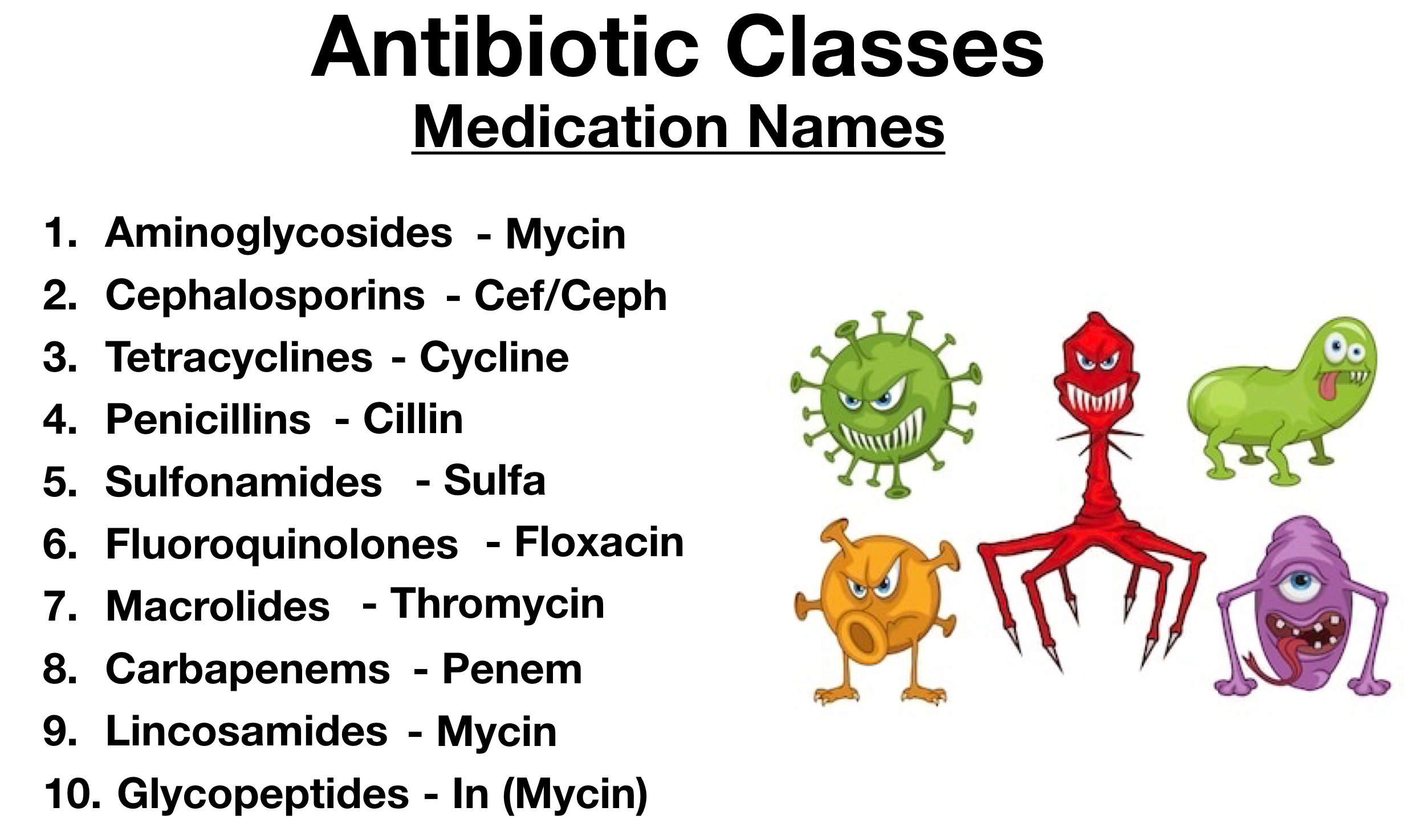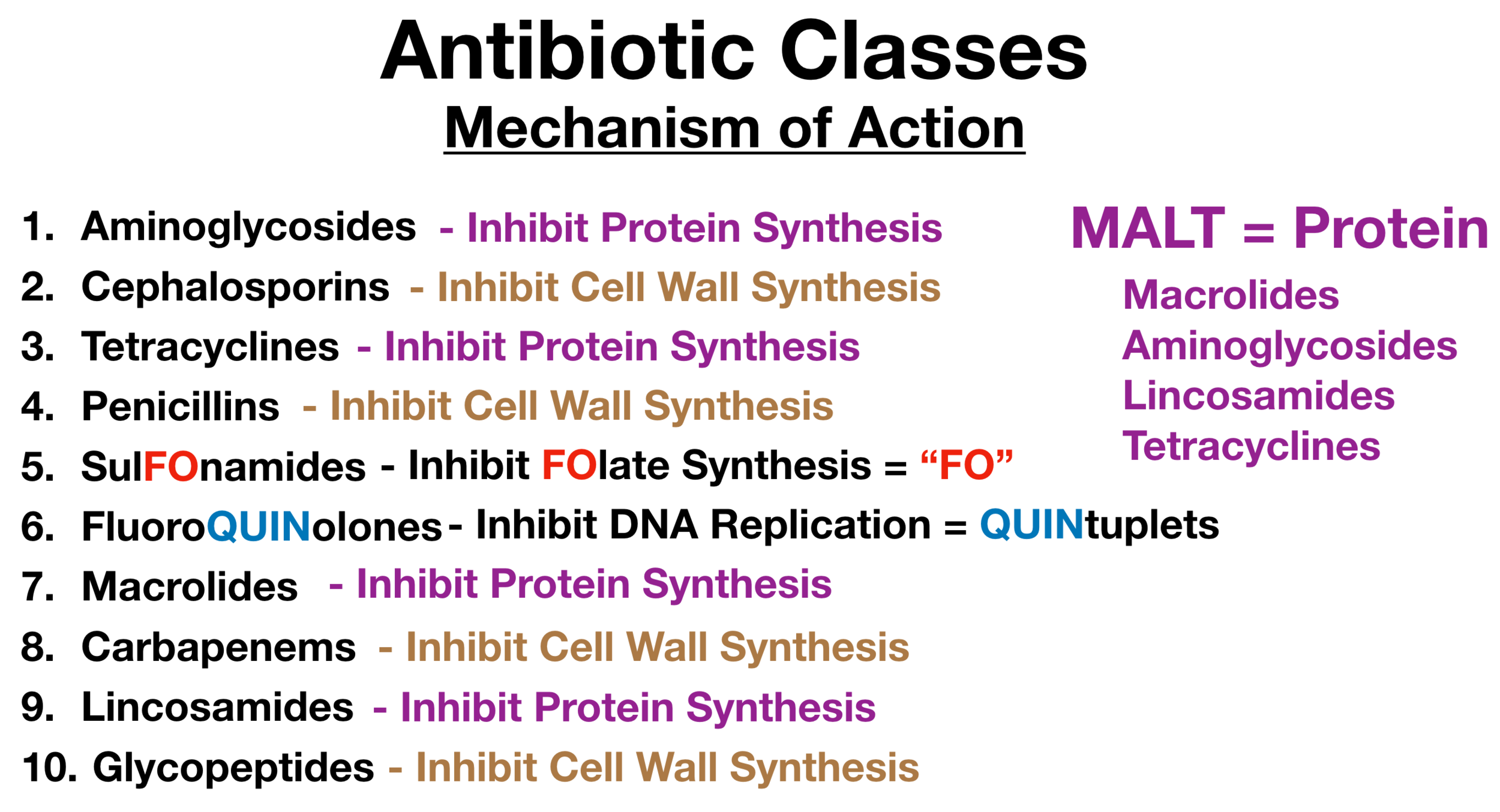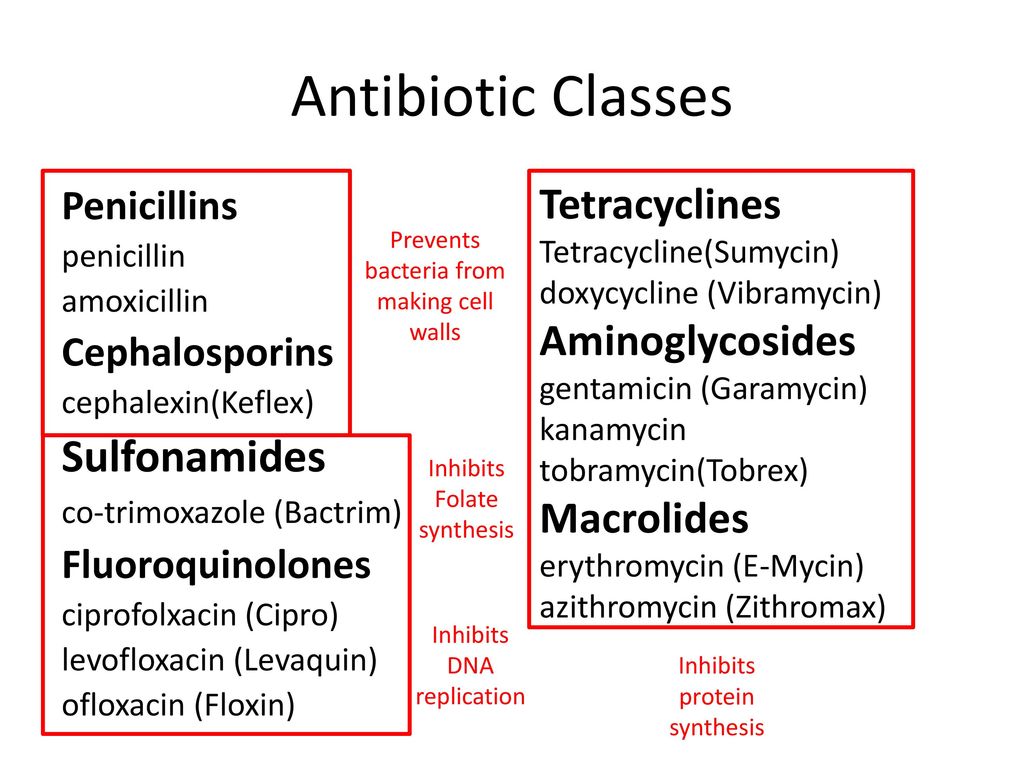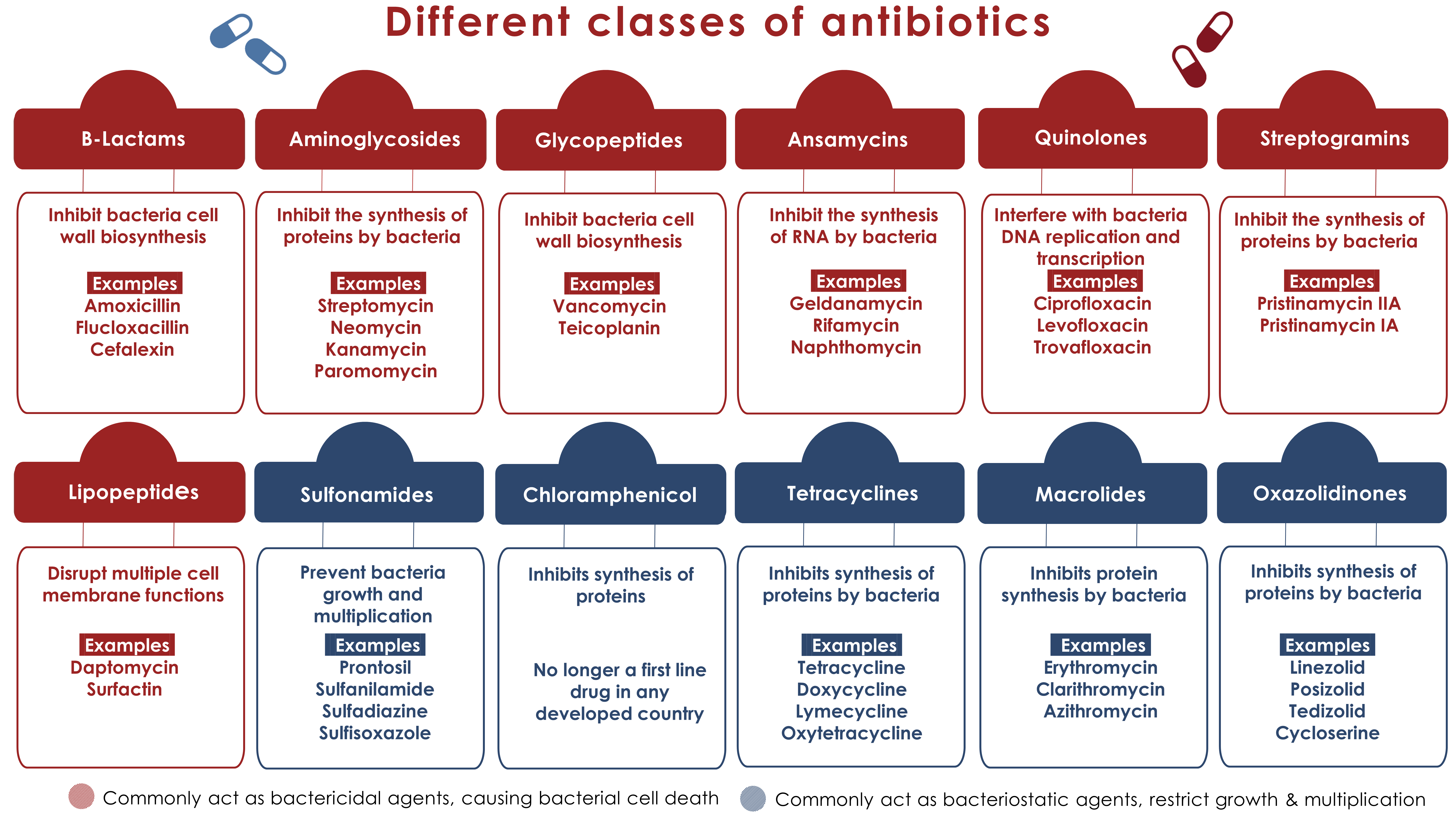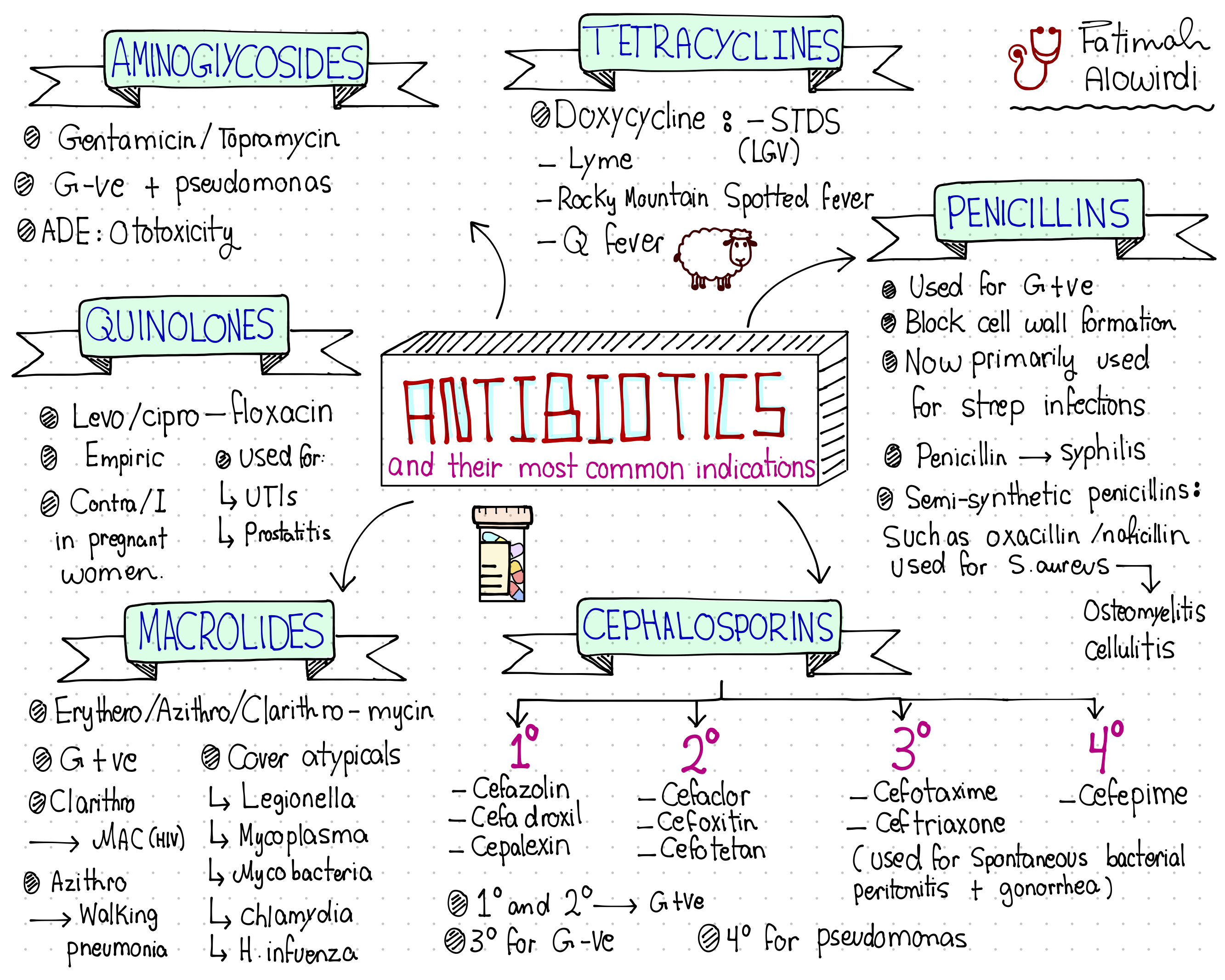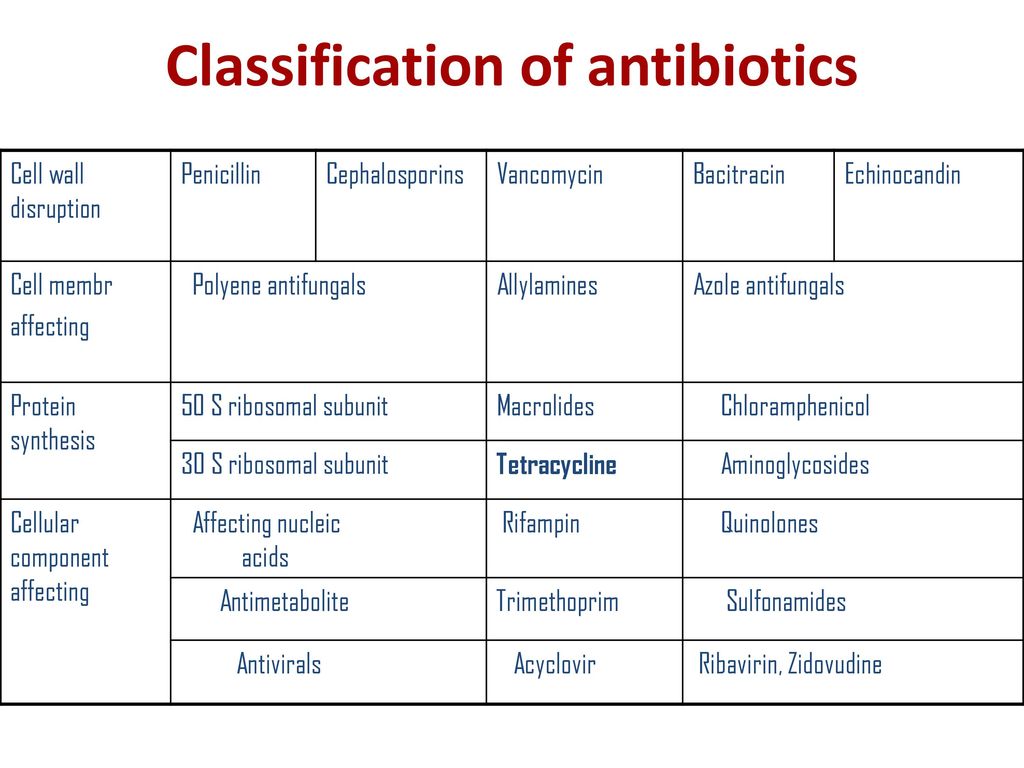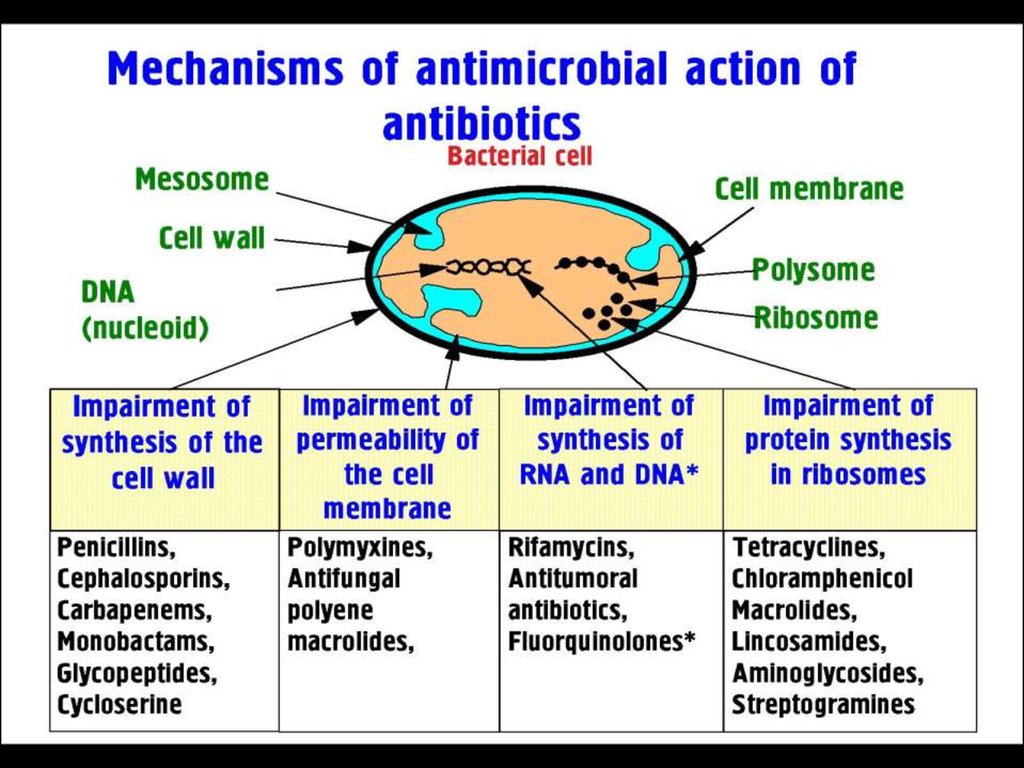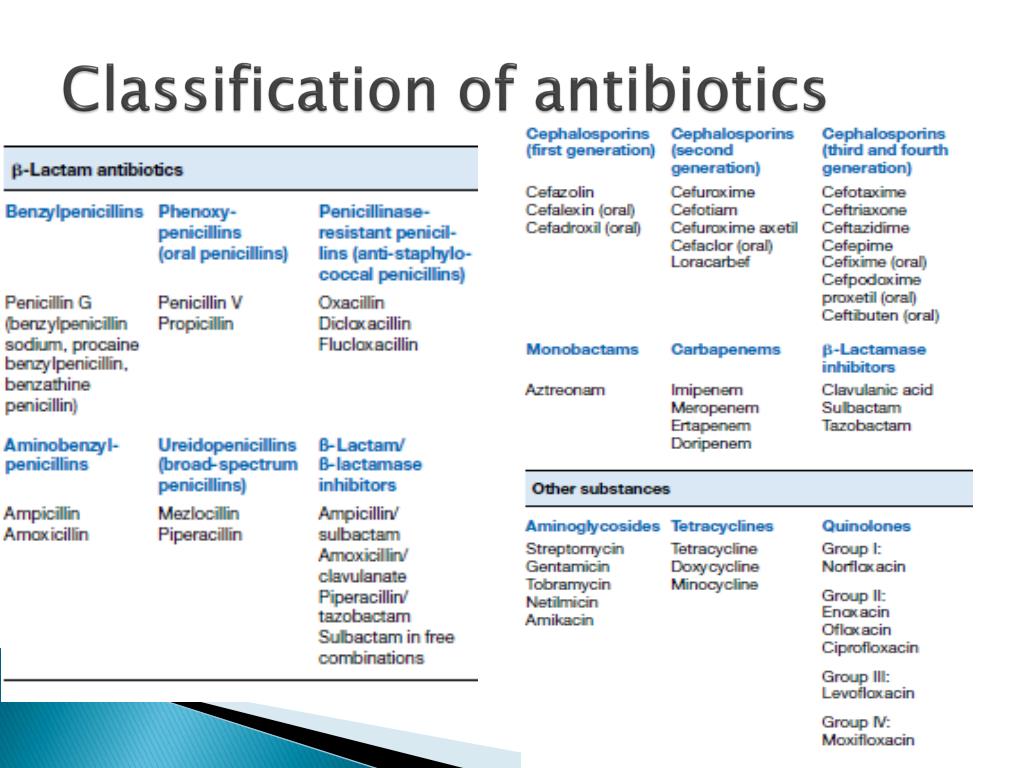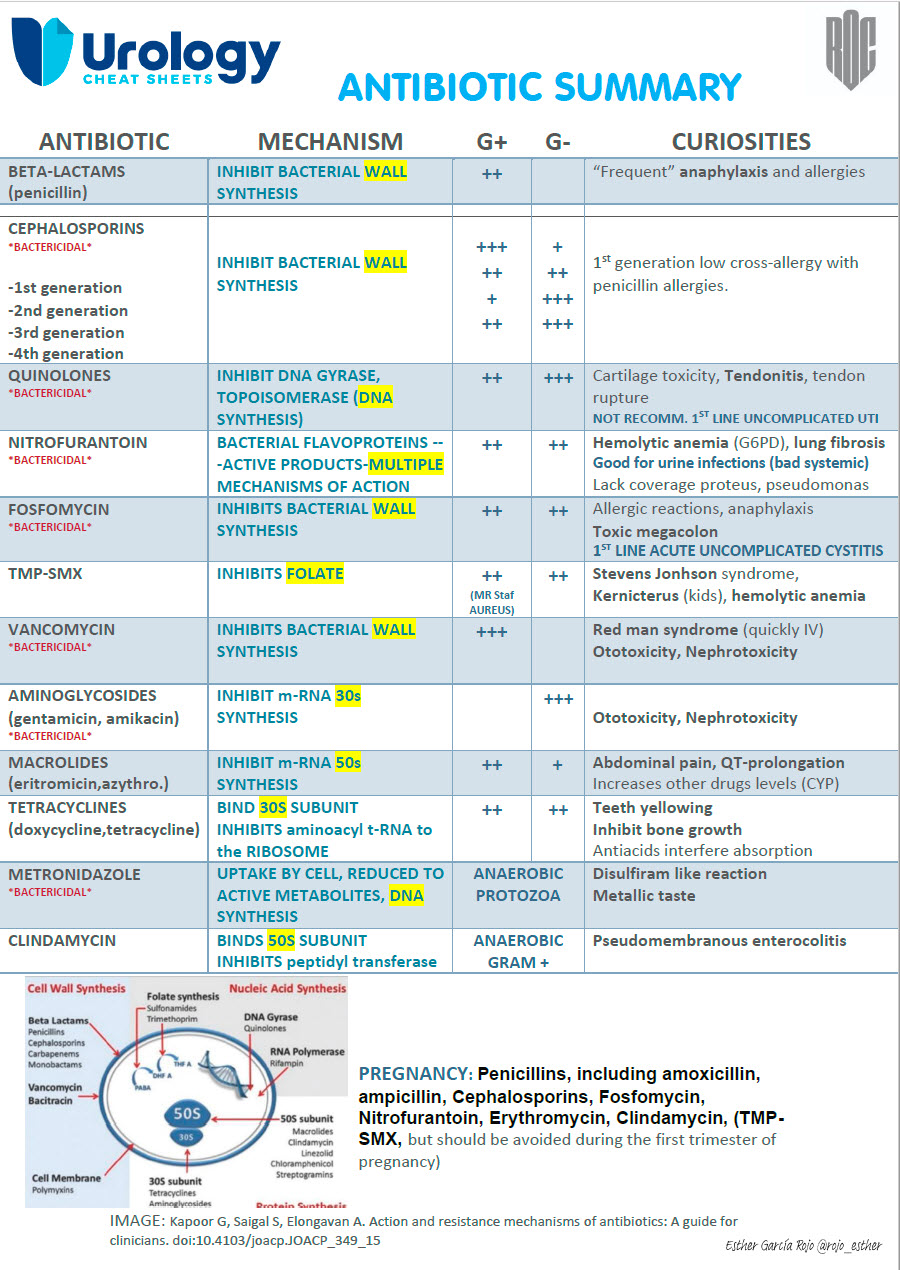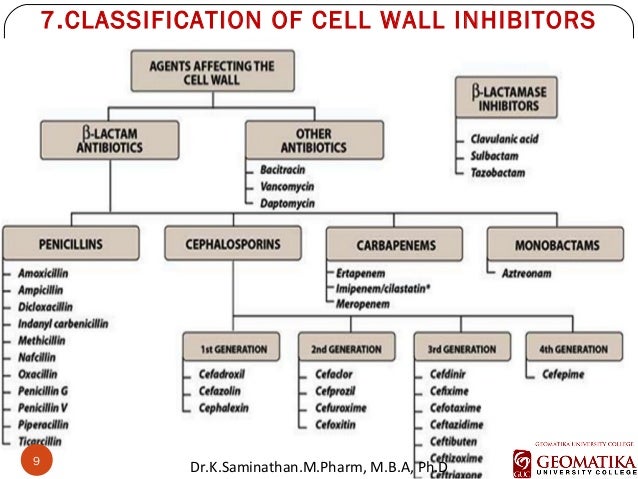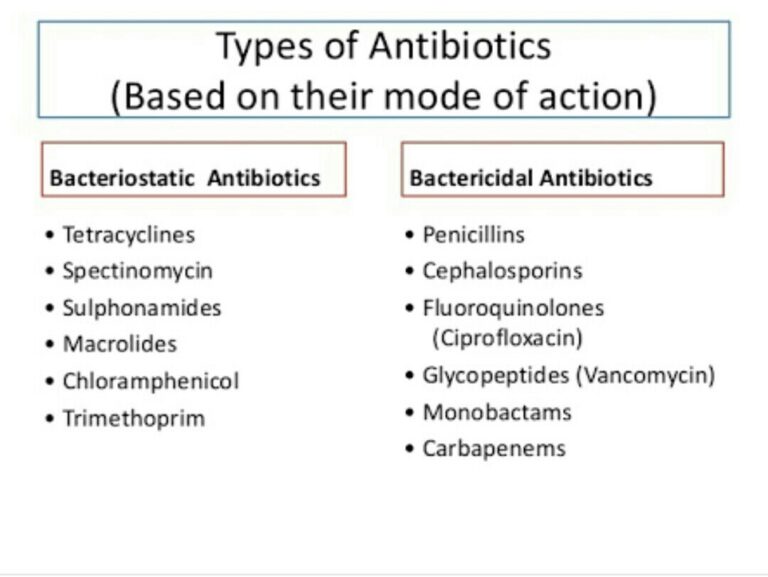Antibiotics Are Derived From All Of The Following Except

The rise of antibiotic resistance is one of the most pressing threats to global public health. Misinformation surrounding the origins and appropriate use of these life-saving drugs only exacerbates the problem, hindering efforts to combat this growing crisis.
This article aims to clarify the sources of antibiotics and address a common misconception: While many antibiotics are derived from natural sources like bacteria and fungi, some are entirely synthetic. Understanding this distinction is crucial for comprehending the development, limitations, and ultimately, the responsible use of these vital medications in the fight against infectious diseases.
The Natural Origins of Antibiotics
Many of the earliest and still widely used antibiotics are derived from microorganisms. These natural compounds are produced by bacteria and fungi to inhibit the growth of competing microorganisms, a phenomenon known as antibiosis.
Alexander Fleming's discovery of penicillin in 1928, derived from the fungus Penicillium notatum, marked a turning point in medicine. This discovery paved the way for the development of countless other antibiotics from natural sources.
Examples include streptomycin, derived from the bacterium Streptomyces griseus, and tetracycline, also produced by Streptomyces species. These natural sources have been, and continue to be, invaluable in the development of antibiotic treatments.
Semi-Synthetic Antibiotics: A Blend of Nature and Chemistry
As bacteria evolved resistance to naturally derived antibiotics, scientists sought to modify these existing compounds to enhance their efficacy and broaden their spectrum of activity. This led to the creation of semi-synthetic antibiotics.
These drugs are created by chemically modifying naturally derived antibiotic compounds. This process often involves altering the molecular structure to improve drug stability, bioavailability, or resistance to bacterial enzymes.
Examples of semi-synthetic antibiotics include methicillin, a modified penicillin, and doxycycline, a modified tetracycline. These modifications extend the lifespan and effectiveness of these critical drugs.
The Rise of Synthetic Antibiotics
In addition to natural and semi-synthetic antibiotics, entirely synthetic antibiotics have also been developed. These drugs are not derived from any naturally occurring compounds; they are created entirely in the laboratory through chemical synthesis.
This approach allows scientists to design antibiotics with specific properties and mechanisms of action. Synthetic antibiotics offer a significant advantage in combating resistant bacteria, as they can be designed to overcome existing resistance mechanisms.
Examples of synthetic antibiotics include quinolones like ciprofloxacin and levofloxacin, and oxazolidinones like linezolid. These represent a crucial class of antibiotics in the fight against drug-resistant infections.
What Antibiotics Are NOT Derived From
A common misconception is that antibiotics are derived from viruses. This is incorrect.
Viruses are not used as a source for antibiotics because antibiotics target bacteria, not viruses. Antibiotics work by interfering with bacterial processes, such as cell wall synthesis or protein production, which are absent in viruses.
Antiviral drugs are designed to target viruses, and they operate through completely different mechanisms. Confusing these two classes of drugs can lead to inappropriate use and misunderstanding of how they function.
The Implications of Misinformation
Misinformation regarding the origins of antibiotics can have serious consequences. It can lead to incorrect assumptions about how antibiotics work and when they should be used.
This can contribute to the overuse and misuse of antibiotics, which are major drivers of antibiotic resistance. Public education is crucial to dispel these myths.
Accurate knowledge about antibiotics, including their sources and appropriate uses, is essential for promoting responsible antibiotic stewardship and preserving their effectiveness.
The Future of Antibiotic Development
The development of new antibiotics is crucial to combating the growing threat of antibiotic resistance. Research efforts are focused on discovering new natural compounds, developing novel semi-synthetic derivatives, and designing entirely synthetic antibiotics.
Scientists are also exploring alternative approaches, such as phage therapy and antimicrobial peptides. These innovative strategies offer hope for the future of infectious disease treatment.
A multi-pronged approach, combining new drug development with improved diagnostic tools and responsible antibiotic stewardship, is essential to ensure that antibiotics remain effective for future generations.
Conclusion
Antibiotics are derived from a variety of sources, including bacteria, fungi, and chemical synthesis. Understanding these diverse origins is crucial for comprehending their development and limitations.
While natural sources have been invaluable, the development of semi-synthetic and synthetic antibiotics is increasingly important in combating resistant bacteria. Correcting the misconception that antibiotics come from viruses and promoting responsible antibiotic use are key to preserving their effectiveness. The future of antibiotic therapy depends on continued research, responsible stewardship, and public awareness.
